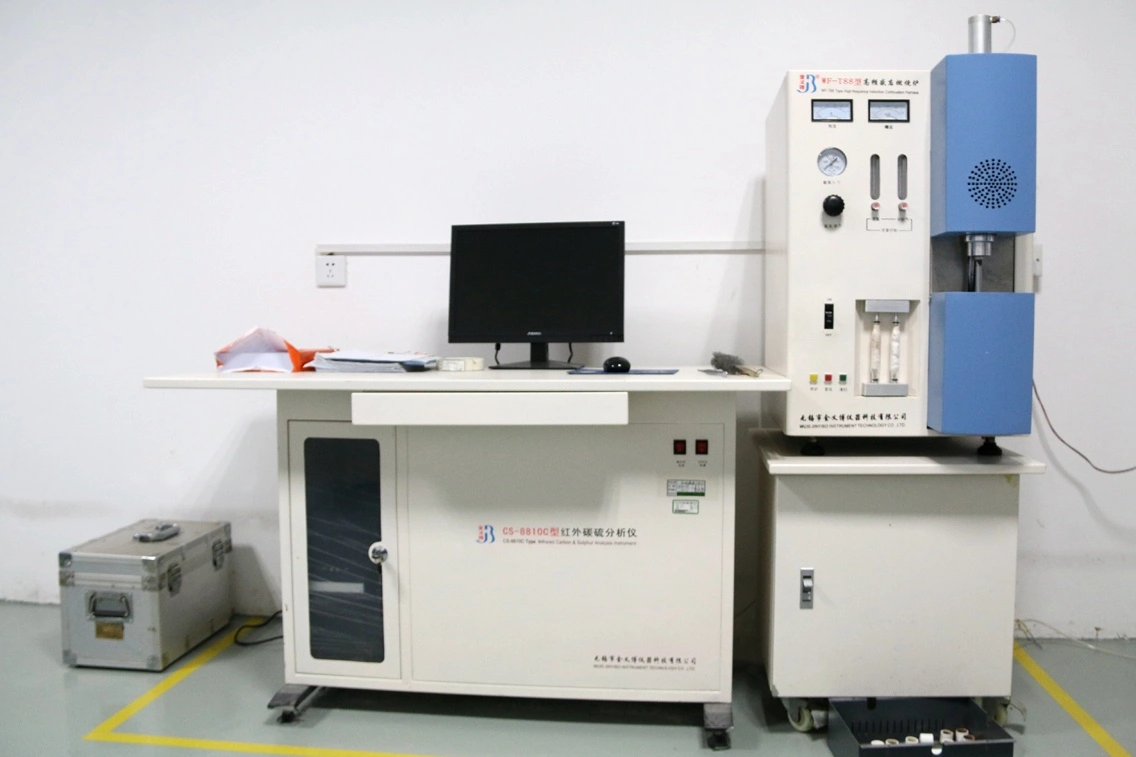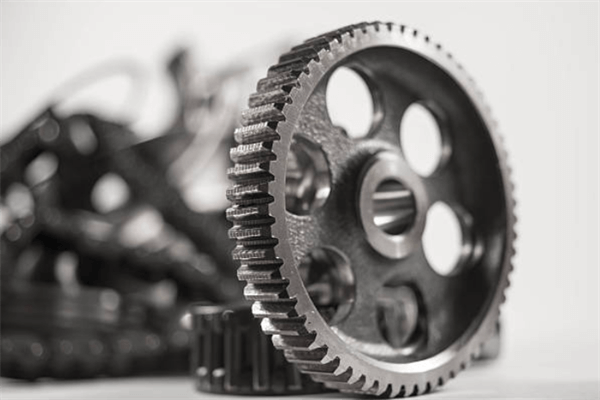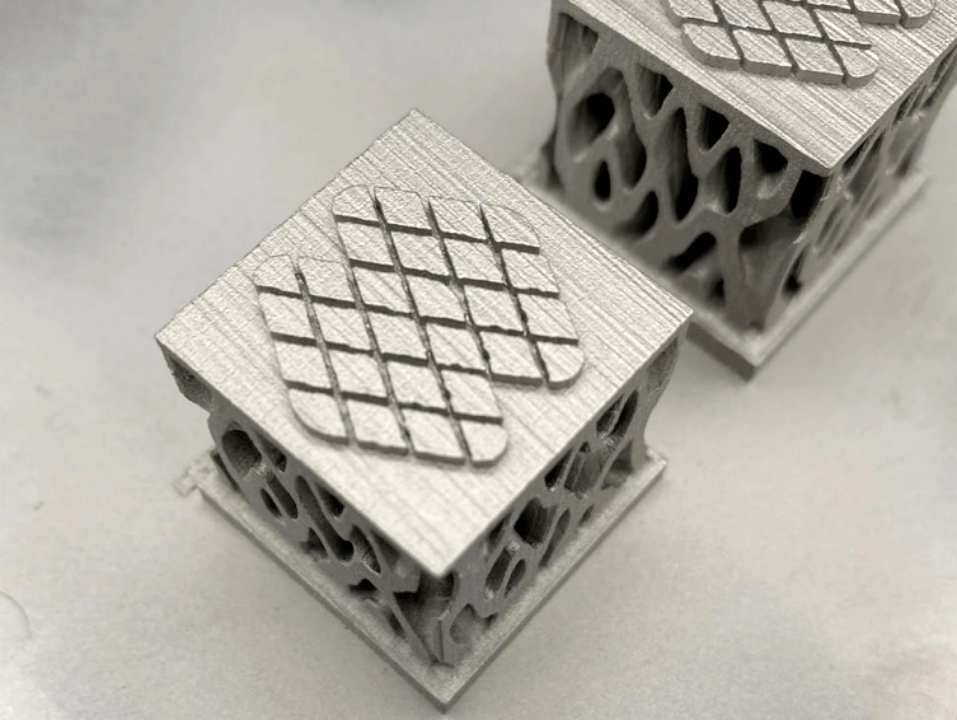What are the key benefits of carbon steel 3D printing over traditional manufacturing methods?
What Are the Key Benefits of Carbon Steel 3D Printing Over Traditional Manufacturing Methods?
1. Complex Geometries Without Tooling
Carbon steel 3D printing enables the production of intricate, non-machinable geometries—including internal flow channels, conformal cooling paths, and undercuts—without the need for molds, dies, or tooling. Using Powder Bed Fusion or Directed Energy Deposition (DED), carbon steel components can be printed directly from CAD, streamlining design-to-part production for tooling, mold inserts, and mechanical brackets.
2. Tool-Free, Low-Volume Production
Traditional methods such as forging, casting, or milling require expensive tooling and long setup times, making them cost-prohibitive for prototypes or short production runs. Carbon Steel 3D Printing eliminates tooling costs and allows rapid delivery of custom parts, especially for low-volume manufacturing in industrial, automotive, and defense sectors.
3. On-Demand Repairs and Hybrid Manufacturing
With DED-based 3D printing, carbon steel components can be repaired, refurbished, or enhanced by adding material to worn or outdated parts. This is highly beneficial in heavy equipment maintenance, mold repair, and energy-sector components—reducing downtime and material waste.
4. Excellent Mechanical Strength and Versatility
Carbon steels like Tool Steel H13, D2, and AISI 4140 offer high hardness, toughness, and wear resistance. 3D printing these materials enables the direct production of strong, heat-treatable tooling components for molding, stamping, or cutting, with reduced lead times.
5. Material Efficiency and Near-Net Shape Fabrication
Additive manufacturing minimizes waste compared to subtractive machining, especially for carbon steels that are challenging to cut. By printing near-net-shape parts, material consumption is reduced and finish machining time is shortened—saving cost on high-alloy tool steels or hardened components.
6. Streamlined Iteration and Lead Time Reduction
Carbon steel 3D printing accelerates prototyping, testing, and iteration cycles. Design changes can be implemented quickly without requiring mold rework or fixture redesign, allowing faster development in sectors like automotive, aerospace, and industrial tooling.
Recommended Carbon Steel 3D Printing Services
Neway offers full-service additive solutions for carbon and tool steels:
Tool Steel H13: For hot-work tooling and mold components
Tool Steel D2: For high-wear, cold-work applications
AISI 4140: For structural and impact-resistant parts
Heat Treatment and HIP: For mechanical property optimization
CNC Machining: For tolerance-critical surfaces and finishing



